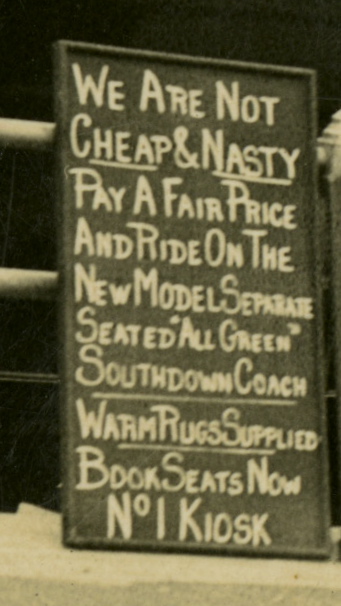
We tend to think we know a lot about classic and historic vehicles around here, but we had to look this one up.
What we found was that charabanc comes from the French phrase for carriage with wooden benches. But while the French may have invented such a thing, it was in England where they became popular for sightseeing day trips, at first with horses pulling them and later, in the motoring age, as sort of roofless tour buses.
We bring all of this up because England’s famed National Motor Museum at Beaulieu has received a grant from the country’s Heritage Lottery Fund to launch a two-year project that will commemorate the centennial of World War I with an exhibition called “Caravans and Charabancs — Leisure Motoring After the First World War.”
According to the Beaulieu news release, “Caravans and Charabancs will explore the untold legacy of this devastating conflict, charting how accelerated social and technological developments in wartime led to a revolution in leisure motoring in the decades that followed. A (program) of community events, exhibitions and social media campaigns will encourage the public to engage with previously unseen aspects of the National Motor Museum’s Designated Photographic Collection and that of The Caravan Club Collection.”
Part of the funding from the lottery will be used to purchase and preserve a collection of more than 400 historic photographs and postcards showing charabancs, which the museum calls “the forerunner to the long-distance coach.”

The museum notes that it was such vehicles that first offered “affordable day trips to the British public.”
In relating the end of the war to the “leisure motoring” that ensued, Angels Willis, curator of the museum’s Caravan Club Collection, explained, “As the war ended, those that returned home often did so with new ambitions and a bonus in their back pocket. Many were introduced to motor vehicles on the battlefield, and some were inspired to put their new-found skills to good use in peacetime.
“Ex-war vehicles and surplus parts were sold off by the government at knock-down prices. These became the building blocks of charabancs and trailer caravans, fulfilling the demand for leisure journeys into the next decade.”

A parallel in the United States might be the post-World War II off-roading phenomenon launched when used and surplus jeeps became available for civilian use.




